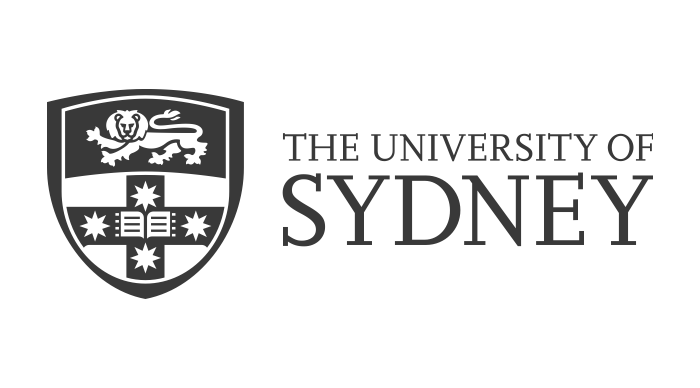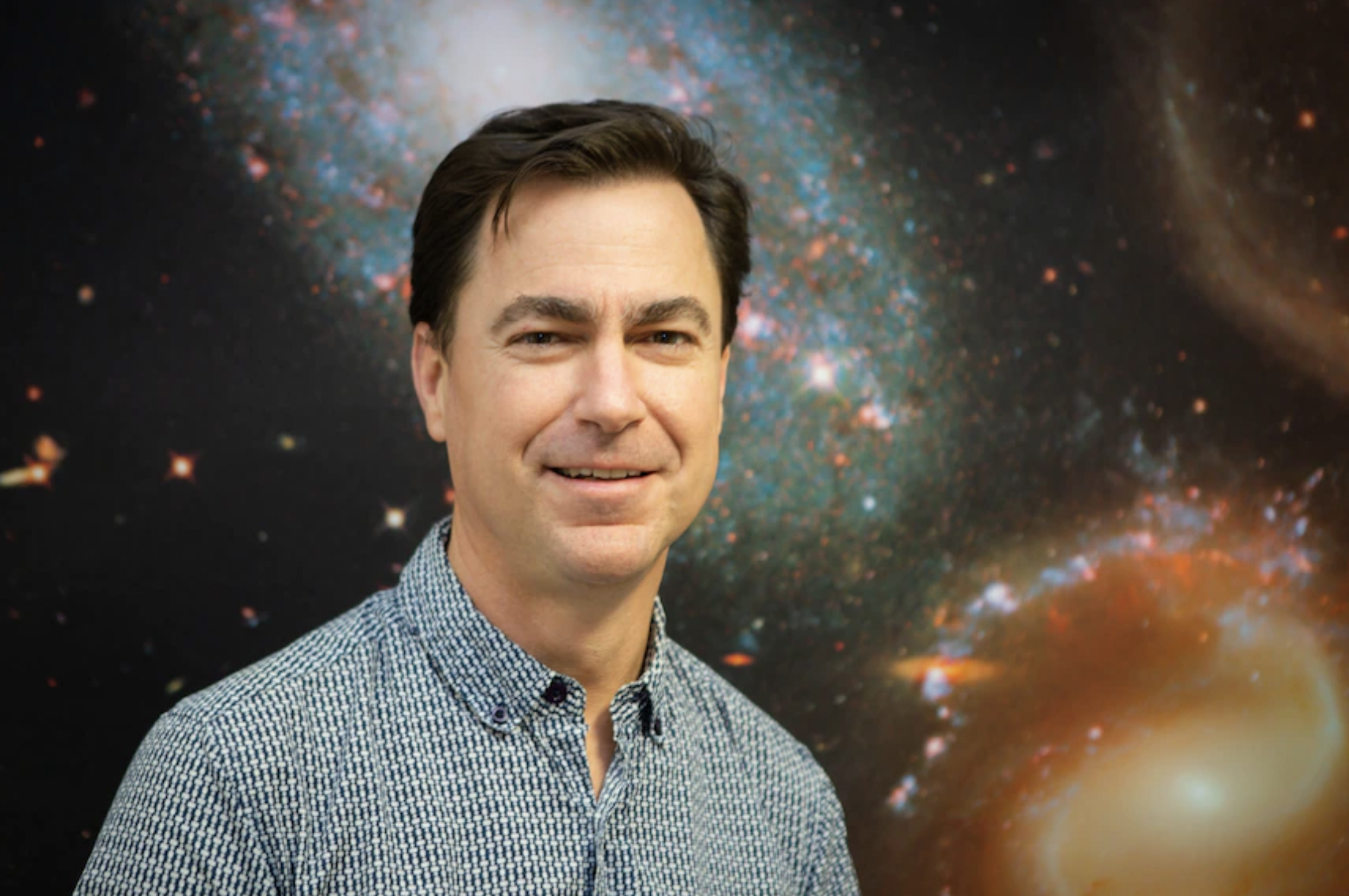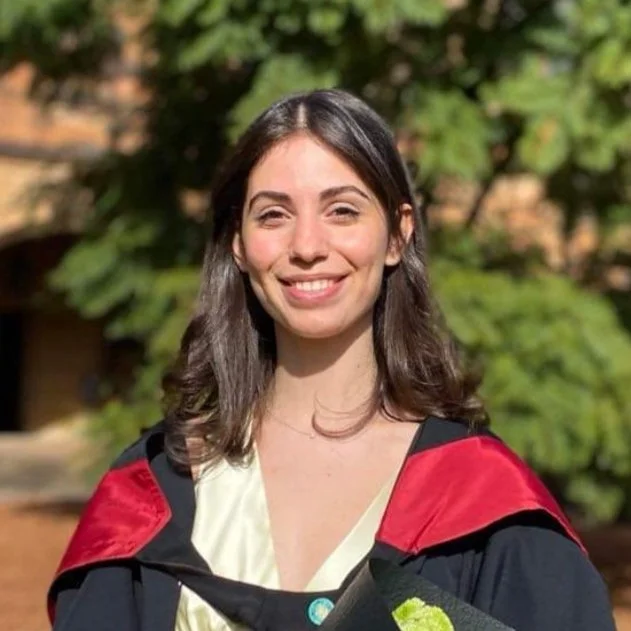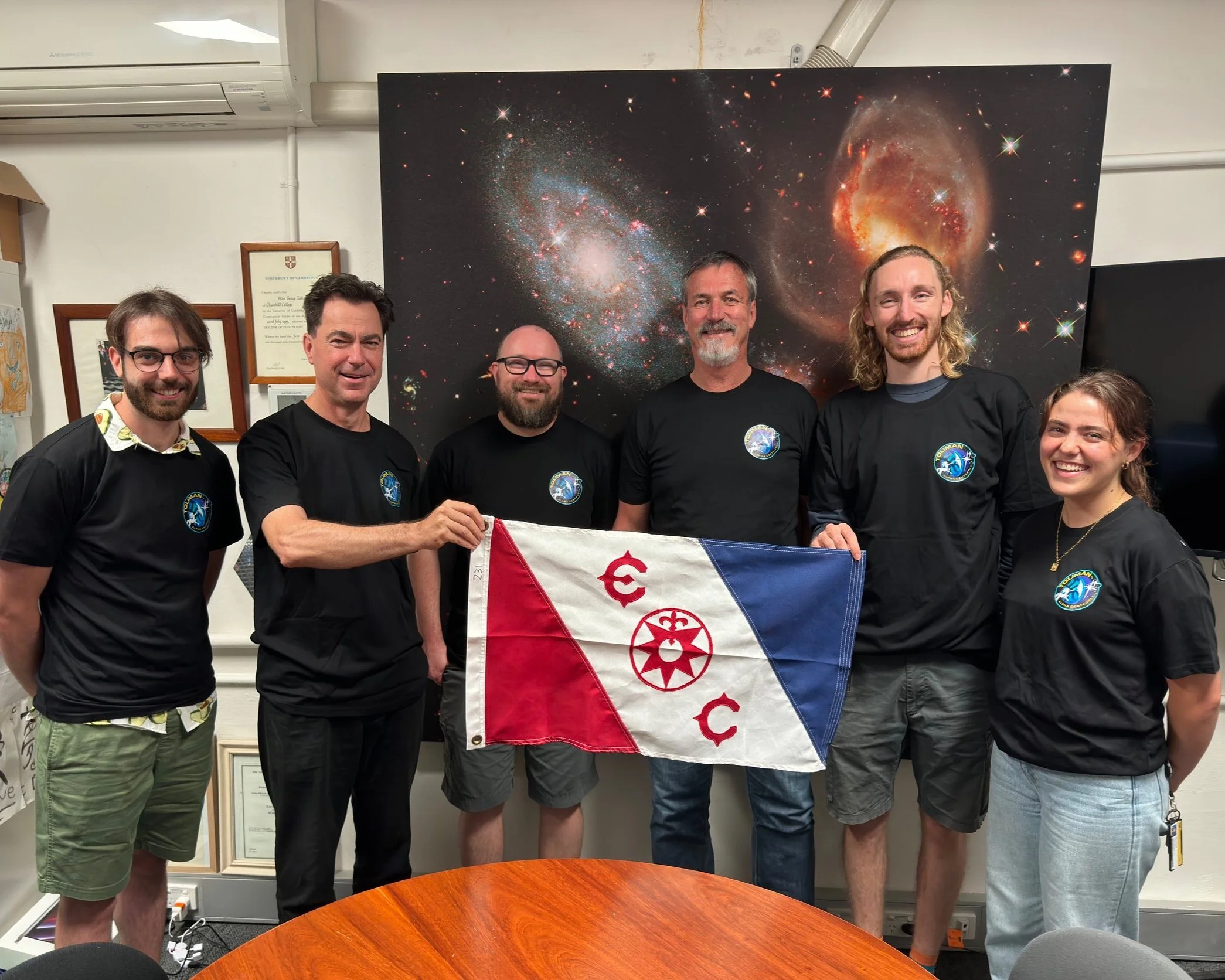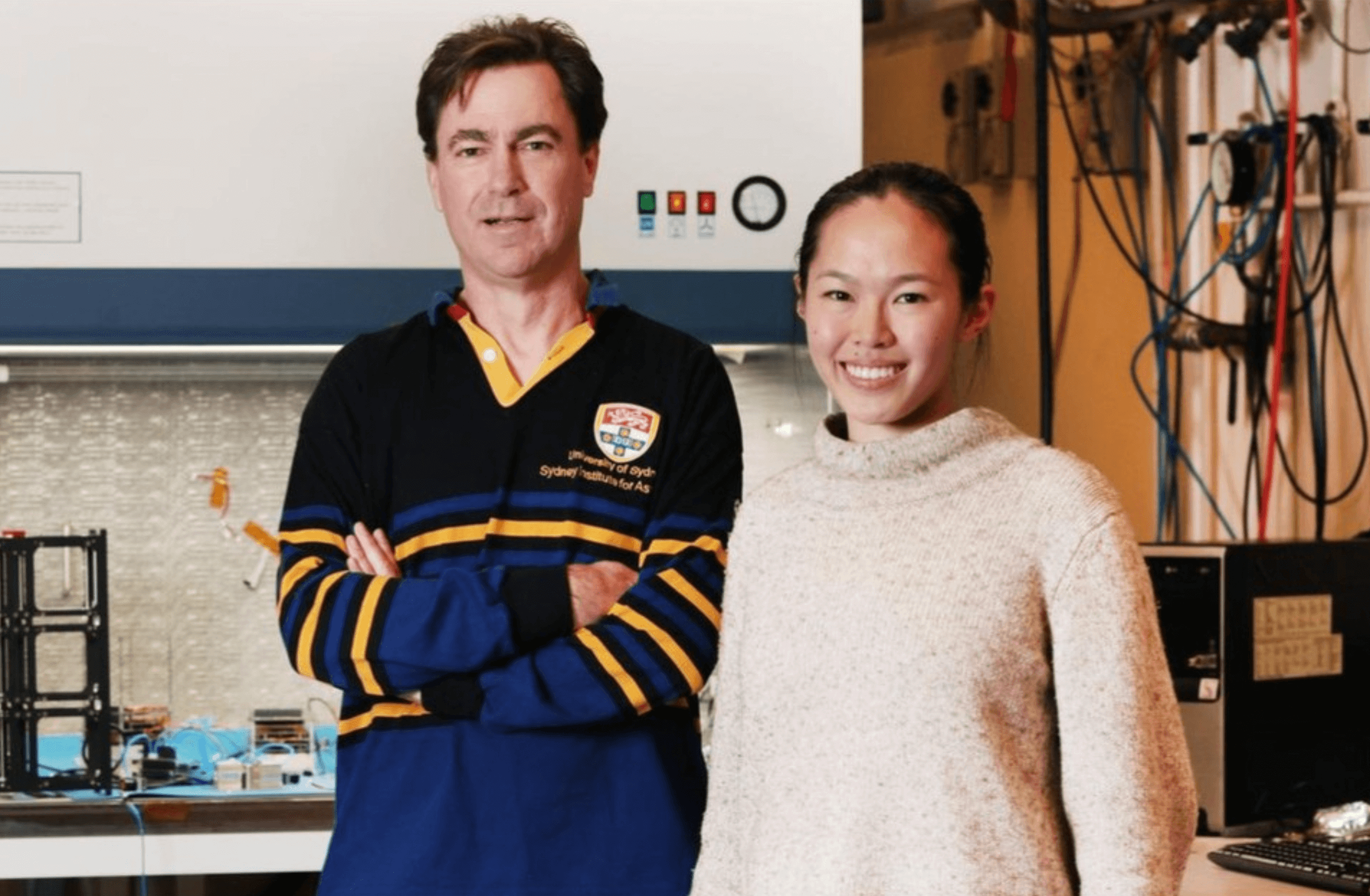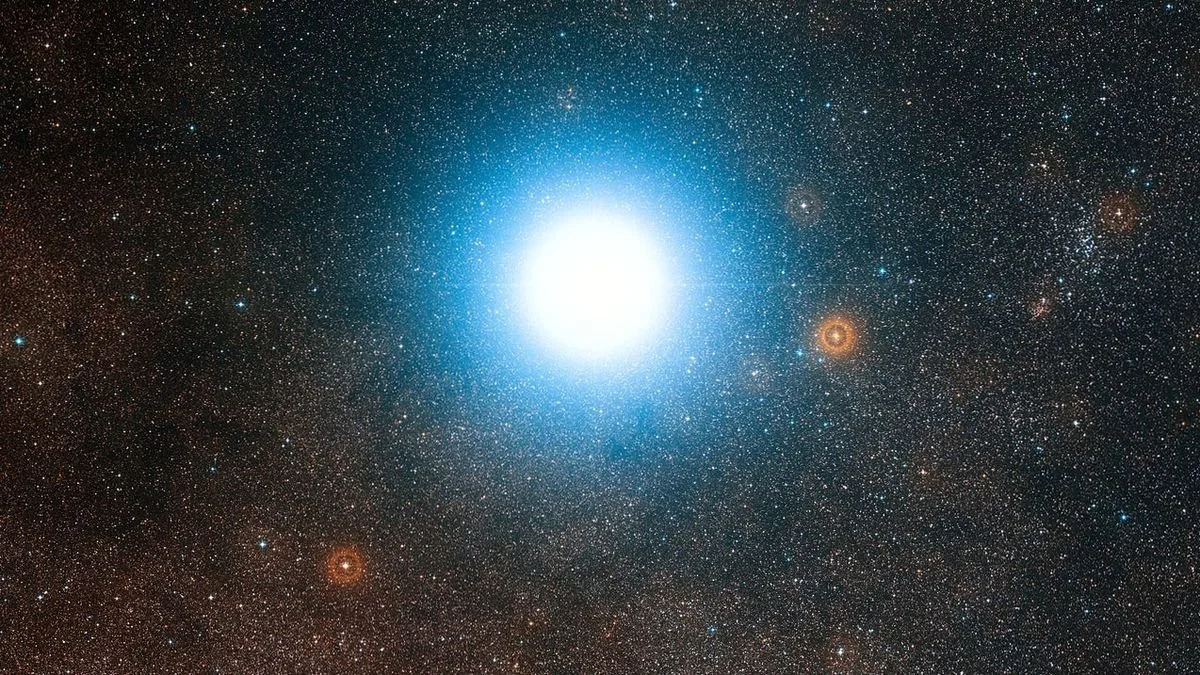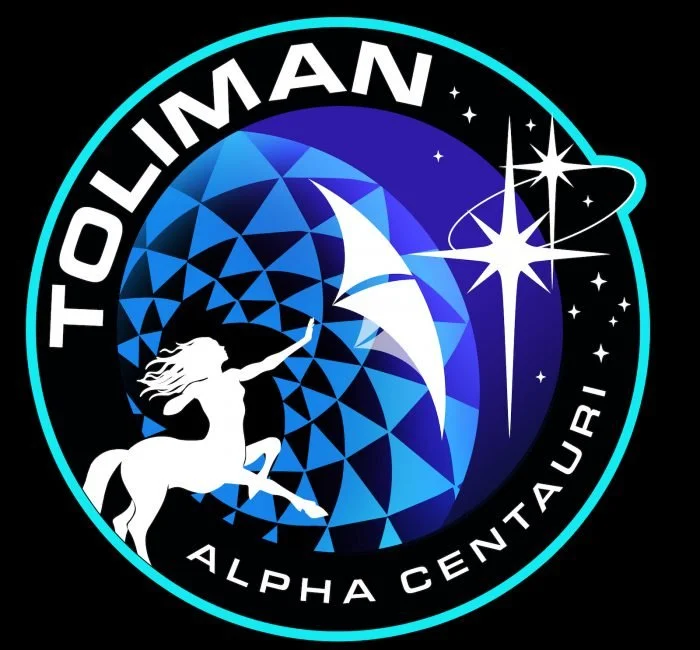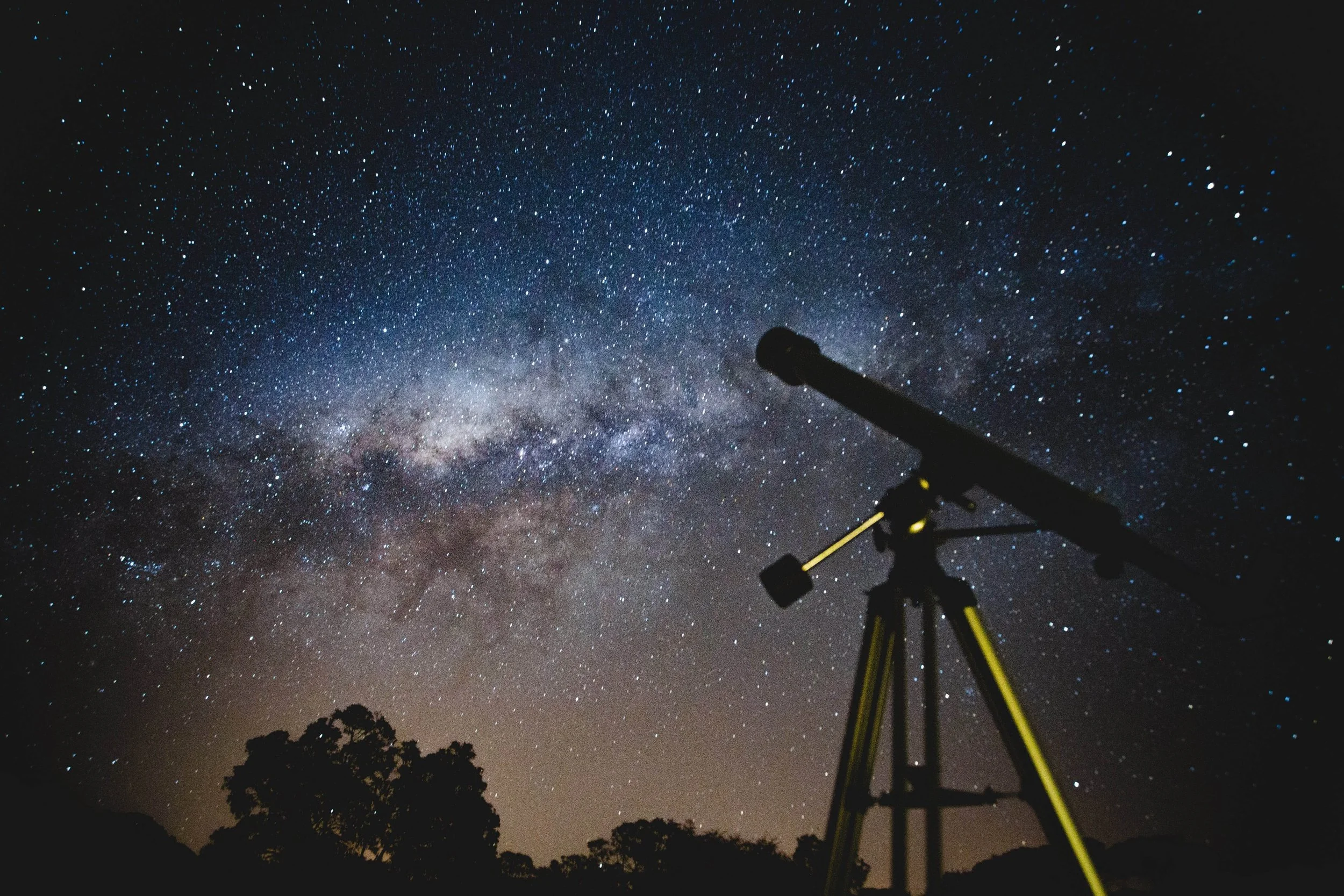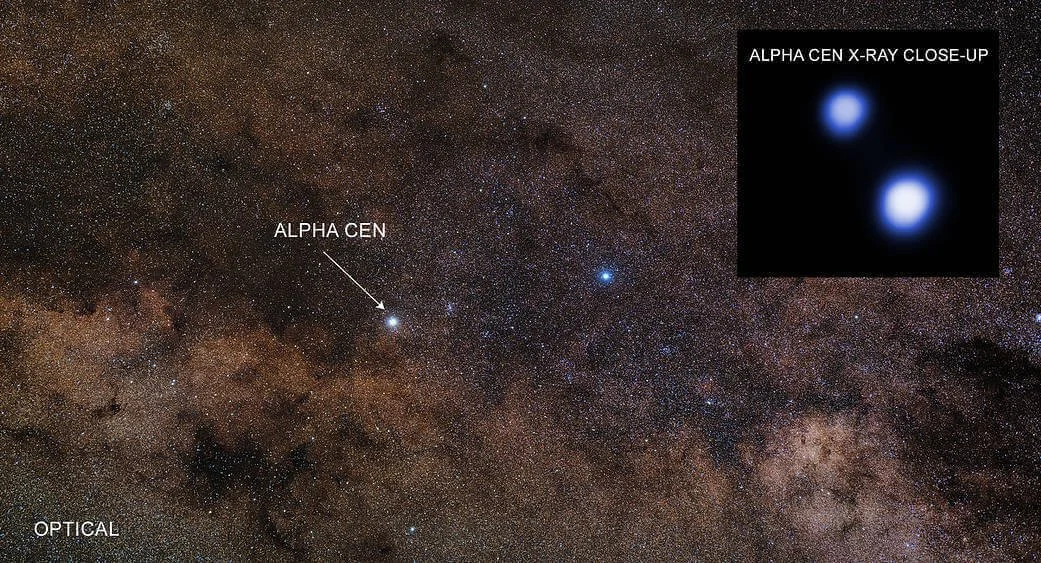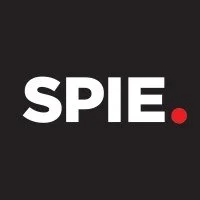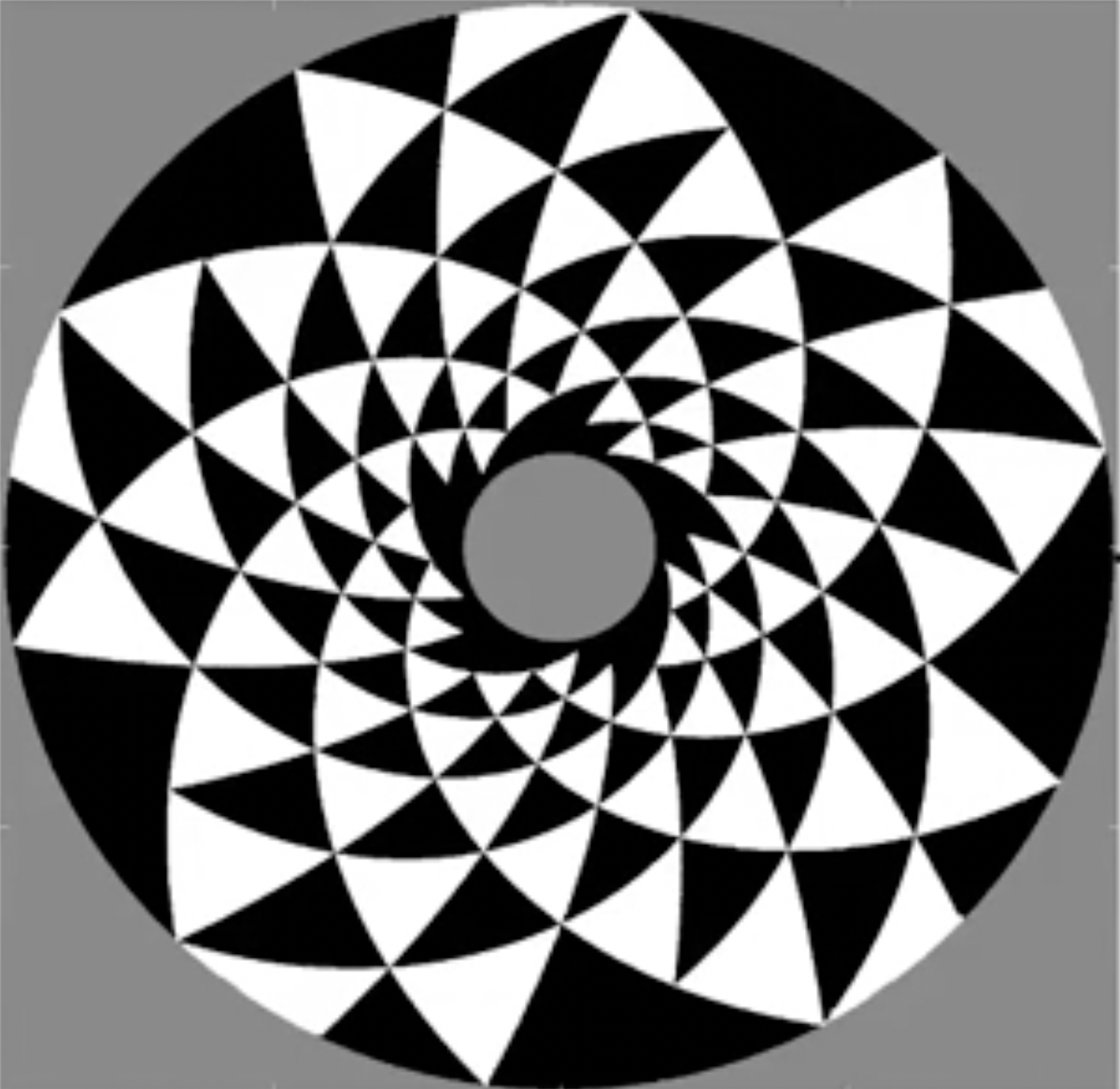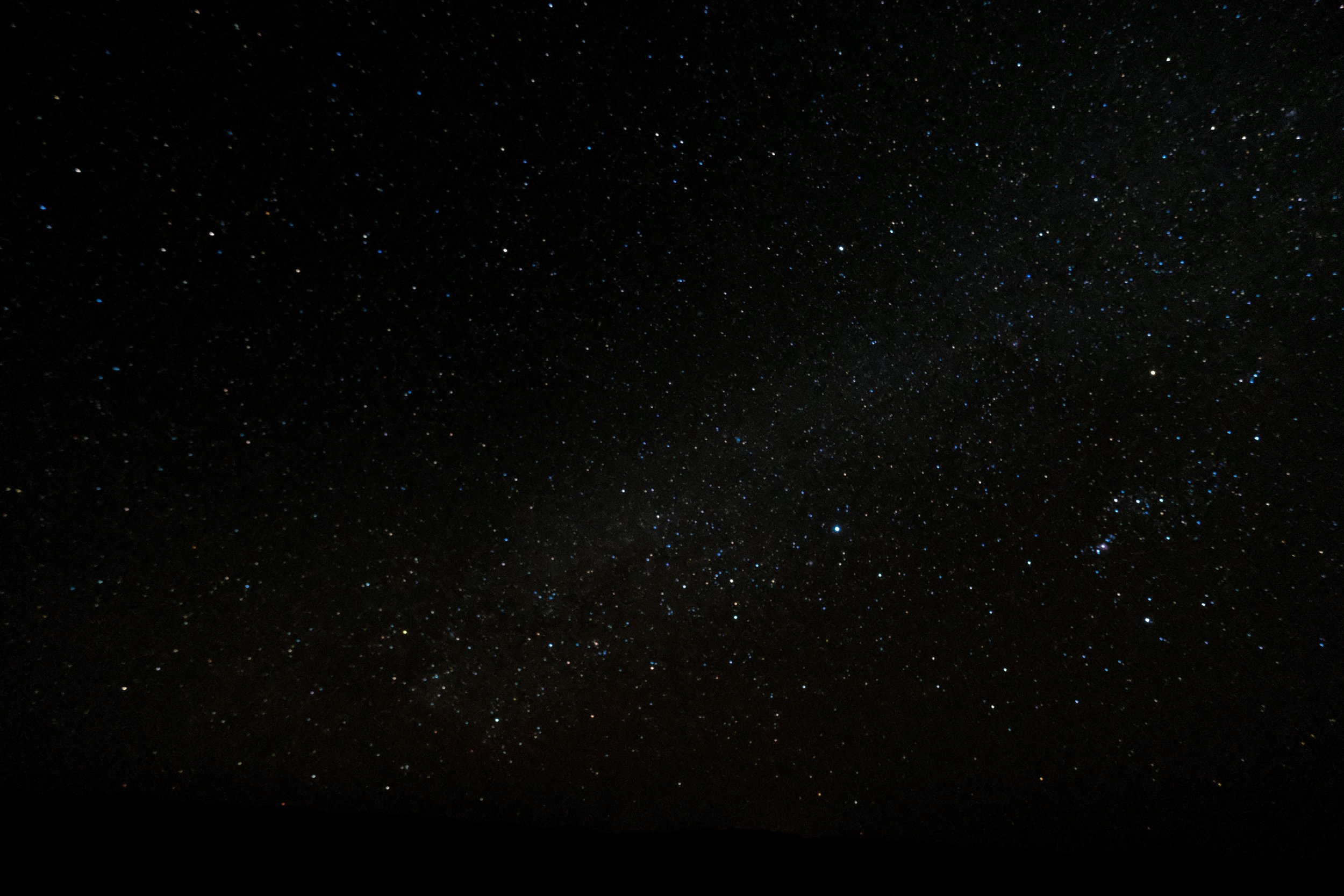
space telescope
Telescope for Orbit Locus Interferometric Monitoring of our Astronomical Neighbourhood
about Our Mission
The TOLIMAN space telescope takes another step forward in planning for humanity’s interstellar journey by identifying if there is an Earth analogue in Alpha Centauri, our nearest neighbour star system.
TOLIMAN is a low-cost, agile, and ambitious mission led by scientists at The University of Sydney’s School of Physics. By employing astrometric detection methods, TOLIMAN aims to record a ‘wobble’ signal in the separation of binary stars caused by the gravitational forces of a planet. This will enable the observation of a rocky planet around Alpha Centauri A or B without relying on a significantly larger and more expensive telescope.
Science objectives
TOLIMAN achieves interferometric monitoring of our astronomical neighbourhood with a ground-breaking small instrument.
By using a diffractive pupil optical mask to spread starlight into overlapping fringes, the separation measurement between binary stars becomes immune to telescope distortions in space. The diffractive pupil also carries an embedded spectrometer that measures the colour of starlight. The innovative optical and signal encoding architecture is pivotal to the mission performance as the planet’s signal is extremely small on the detector: 10⁻⁶ of one pixel on the sensor.
Meet the team

The TOLIMAN mission is primarily funded by the Breakthrough Initiatives, a suite of space science programmes investigating the fundamental questions of life in the Universe:
Are we alone?
Are there habitable worlds in our galactic neighbourhood?
Can we make the great leap to the stars?
The mission has received further funding through the Australian Research Council Linkage Project scheme as well as the SmartSat NSW Node Demonstrator grant scheme.
Are we alone?
The satellite
The TOLIMAN satellite will be launched in 2026 into a 550km altitude sun-synchronous low Earth orbit (LEO). This planned orbit will enable TOLIMAN to perform its observation mission over the course of 3 years, downlinking data back to The University of Sydney.
Telescope
The TOLIMAN payload is a 12.5cm space-based telescope, which is now under construction by Aperture Optical Sciences (CT, USA). Aperture Optical Sciences designs and manufactures precision optics components and systems for space–based imaging and optical communications.
Front Plate
The diffractive pupil allows detailed characterisation of an optical system in order to satisfy extreme telescope stability requirements, acting as an alternative for laser metrology systems. The front plate hosting the TOLIMAN diffractive pupil will be manufactured by leveraging the collective capabilities of Fry Optics (Austral, NSW), Australian National Fabrication Facility (ANFF), Leiden University, SRON and NOVA (Leiden, Netherlands) and Colorlink Japan.
Cubesat bus
The TOLIMAN telescope will be carried by a 16U CubeSat bus, designed and manufactured by EnduroSat AD (Sofia, Bulgaria) to leverage the standardised CubeSat platform for ambitious low-cost science. EnduroSat is a leading provider of CubeSat platforms, providing software-defined satellites that offer unmatched performance and redundancy.
Space Edge Computer
The TOLIMAN satellite will use the SE-1 Space Edge Computer - an onboard computing system with the capability to process massive amounts of data in real-time using AI technology provided by Spiral Blue, a Sydney-based startup. This will enable TOLIMAN to conduct quick and efficient data analysis, by processing data close to the source.
Tip tilt system
The TOLIMAN spacecraft features a bespoke payload mechanical interface developed by the in-house engineering team at USYD to achieve high precision pointing, the tip/tilt system. This novel mechanical and electrical design uses a low-power, modular piezo driver design which could be adapted for future space instruments that require accurate pointing.
dLux is part of the vanguard of next-generation tools for science and industry.
dLux was developed by TOLIMAN PhD student, Louis Desdoigts, at the University of Sydney. This tool offers a novel approach to optical instrument calibration and design, enabling components to be optimised with respect to arbitrary parameters of interest. It uses autodiff, one of the mathematical tools that underpins the revolution of the last decade in machine learning and AI, enabling a host of novel and principled methods to be applied to physics-based optical models.
In the animation above: The Toliman diffractive pupil is the key piece of hardware that enables the search for earth-like planets within our cosmic neighbourhood. Affixed to the front of the telescope it is comprised of a macro structure that immunises the minute plantery signal against instrumental errors, and a micro structure that enables monitoring of the natural variations in the host stars. As star light passes through it is transformed from the familiar point-like shape of conventional telescopes into a highly structured and well known pattern that encodes any changes to the optical system. Together these enable unprecedented precision in monitoring of the Alpha Cen system and in the state of the telescope as a whole, putting the first detection of a potential second habitable world within our grasp.
learn more about toliman

Get in touch
